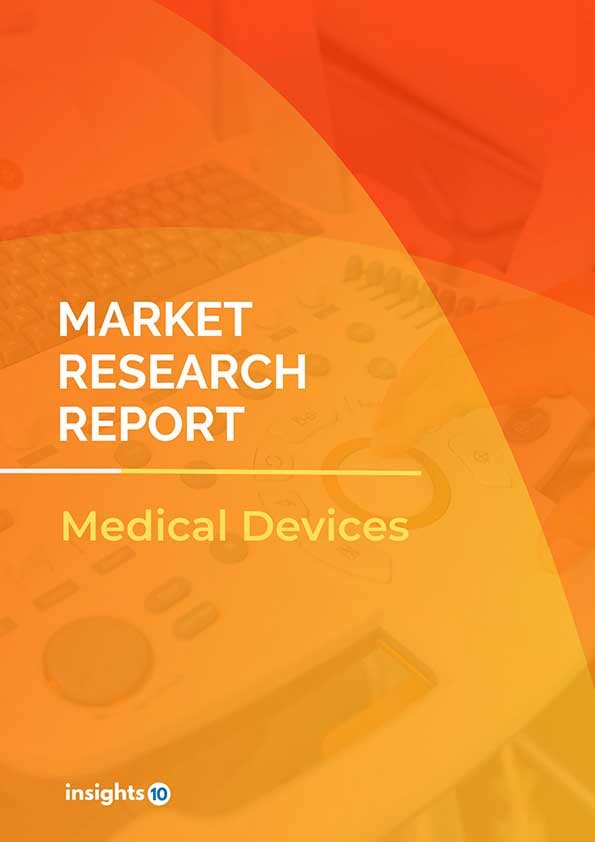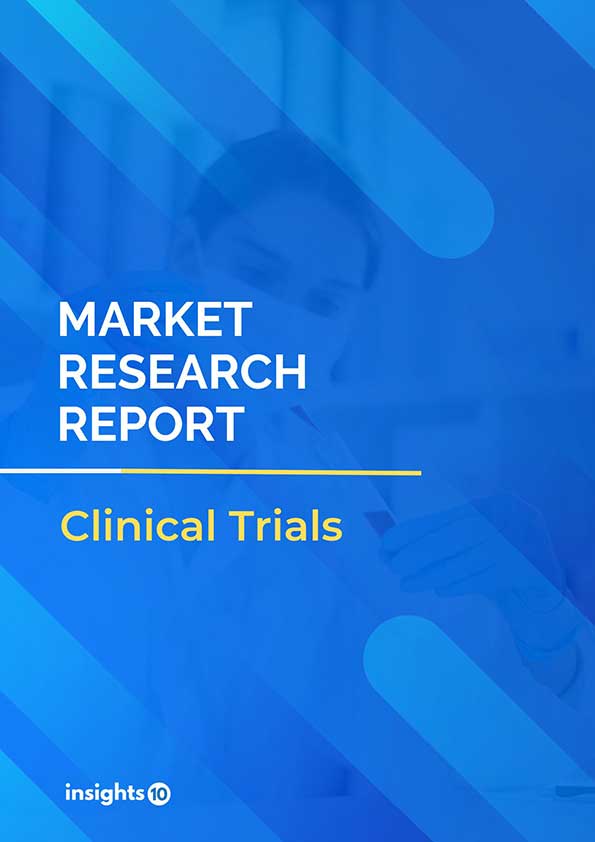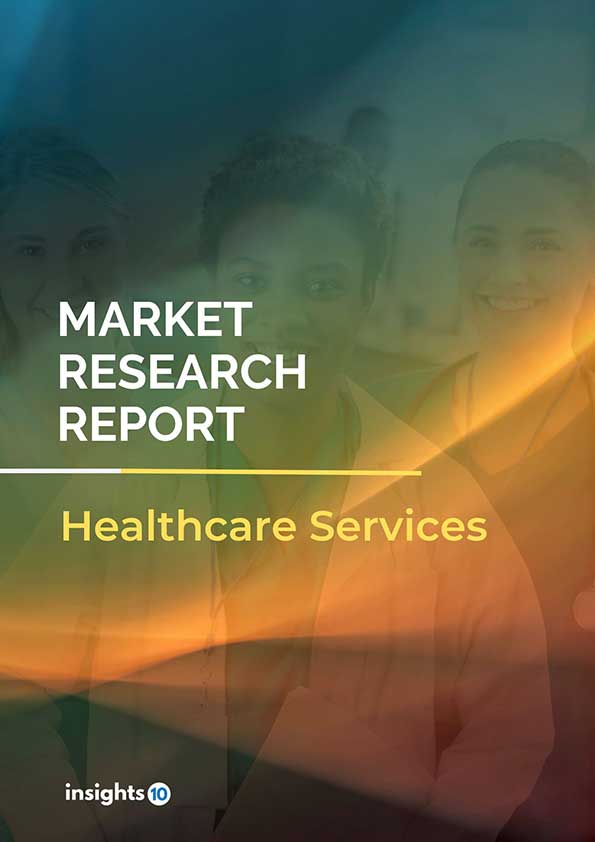Russia Digital Health Market Analysis
Russia's Digital Health market is projected to grow from $xxBn in 2022 to $xxBn by 2030, registering a CAGR xx% during the forecast period of 2022-2030. The market will be driven by the increasing healthcare expenditure as a proportion of GDP and due to the rise in digital health technology. The market is segmented by solution, by deployment & by end-use. Some of the major players include BestDoctor, Doc+ & Neiry.
Buy Now

Russia Digital Health Market Executive Summary
Russia's Digital Health market is projected to grow from $xxBn in 2022 to $xxBn by 2030, registering a CAGR xx% during the forecast period of 2022-30. Russia's healthcare spending for 2019 was $653, a 7.29% increase from 2018. Healthcare expenditure in Russia is substantially lower than in developed nations while the private/total spending ratio is significantly larger, undermining both efficiency and equal access to health care. However, total health expenditures tend to rise with time, according to Russian data sources.
The Russian Ministry of Health has initiated a number of programs to encourage the use of digital health technologies such as electronic health records, telemedicine, and mHealth solutions. Telemedicine was very widely used in Russia during the COVID-19 epidemic because it allowed for distant consultations and minimized viral propagation.
In Russia, various private enterprises and start-ups are creating a wide range of technologies such as AI-powered diagnostic systems, virtual reality-based rehabilitation, and health monitoring gadgets which is why the market is expected to grow substantially in the years to come.

Market Dynamics
Market Growth Drivers
Russia's healthcare spending as a proportion of GDP has been gradually rising, fuelling demand for digital health solutions that increase the efficiency and efficacy of healthcare. Moreover, advancing technology such as artificial intelligence, and the Internet of things has been said to boost the growth of the digital health market. The Russian government has invested in the development of digital health technology and has implemented regulations to encourage the country's use of digital health solutions. This has contributed to the development of a favorable atmosphere for the expansion of the digital health industry.
Market Restraints
Lack of standardization has led to difficulties in the adoption and integration of digital health solutions into the existing system. Other issues such as underdeveloped digital infrastructure with a less resilient legal regulatory framework are major restraints to slow down the growth of the digital health market.
Competitive Landscape
Key Players
- BestDoctor (RUS): They are medical service providers that assist in offering online consultations, and ambulatory services and track doctor’s visits and treatments.
- Doc+ (RUS): It is a telemedicine platform that allows patients to consult with doctors remotely and access medical records online.
- Doconcall (RUS): They launched a platform in order to manage and book appointments, and provide remote consultations, telemedicine solutions, weight loss programs, and other services.
- Neiry (RUS): The company has created a VR-based gadget that can collect impulse reactions from the brain as well as biofeedback. It has functions such as impulse recording, speech recognition, illness detection, and more.
Healthcare Policies, Regulatory Landscape & Reimbursement Scenario
Several projects have been established by the Russian Ministry of Health to encourage the use of digital health technologies such as electronic health records, telemedicine, and mHealth solutions. National Program for the Development of Medical and Social Services: The goal of this program is to improve and extend healthcare services in Russia, especially through using digital health solutions.
The Federal Law on Telemedicine governs the reimbursement system for telemedicine services, which provides for reimbursement of telemedicine services delivered by licensed healthcare professionals. However, the reimbursement amount for telemedicine services is currently being set by regional governments and is not yet fully defined.
1. Executive Summary
1.1 Digital Health Overview
1.2 Global Scenario
1.3 Country Overview
1.4 Healthcare Scenario in Country
1.5 Digital Health Policy in Country
1.6 Recent Developments in the Country
2. Market Size and Forecasting
2.1 Market Size (With Excel and Methodology)
2.2 Market Segmentation (Check all Segments in Segmentation Section)
3. Market Dynamics
3.1 Market Drivers
3.2 Market Restraints
4. Competitive Landscape
4.1 Major Market Share
4.2 Key Company Profile (Check all Companies in the Summary Section)
4.2.1 Company
4.2.1.1 Overview
4.2.1.2 Product Applications and Services
4.2.1.3 Recent Developments
4.2.1.4 Partnerships Ecosystem
4.2.1.5 Financials (Based on Availability)
5. Reimbursement Scenario
5.1 Reimbursement Regulation
5.2 Reimbursement Process for Diagnosis
5.3 Reimbursement Process for Treatment
6. Methodology and Scope
Digital Health Market Segmentation
The Digital Health Market is segmented as mentioned below:
By Solution (Revenue, USD Billion):
- Software
- Services
By Deployment (Revenue, USD Billion):
- Cloud-based
- On-premises
By End-use (Revenue, USD Billion):
- Diagnostic Centres
- Healthcare Payers
- Healthcare Research Centres
- Hospitals & Clinics
- Nursing Care Centres
- Others
Methodology for Database Creation
Our database offers a comprehensive list of healthcare centers, meticulously curated to provide detailed information on a wide range of specialties and services. It includes top-tier hospitals, clinics, and diagnostic facilities across 30 countries and 24 specialties, ensuring users can find the healthcare services they need.
Additionally, we provide a comprehensive list of Key Opinion Leaders (KOLs) based on your requirements. Our curated list captures various crucial aspects of the KOLs, offering more than just general information. Whether you're looking to boost brand awareness, drive engagement, or launch a new product, our extensive list of KOLs ensures you have the right experts by your side. Covering 30 countries and 36 specialties, our database guarantees access to the best KOLs in the healthcare industry, supporting strategic decisions and enhancing your initiatives.
How Do We Get It?
Our database is created and maintained through a combination of secondary and primary research methodologies.
1. Secondary Research
With many years of experience in the healthcare field, we have our own rich proprietary data from various past projects. This historical data serves as the foundation for our database. Our continuous process of gathering data involves:
- Analyzing historical proprietary data collected from multiple projects.
- Regularly updating our existing data sets with new findings and trends.
- Ensuring data consistency and accuracy through rigorous validation processes.
With extensive experience in the field, we have developed a proprietary GenAI-based technology that is uniquely tailored to our organization. This advanced technology enables us to scan a wide array of relevant information sources across the internet. Our data-gathering process includes:
- Searching through academic conferences, published research, citations, and social media platforms
- Collecting and compiling diverse data to build a comprehensive and detailed database
- Continuously updating our database with new information to ensure its relevance and accuracy
2. Primary Research
To complement and validate our secondary data, we engage in primary research through local tie-ups and partnerships. This process involves:
- Collaborating with local healthcare providers, hospitals, and clinics to gather real-time data.
- Conducting surveys, interviews, and field studies to collect fresh data directly from the source.
- Continuously refreshing our database to ensure that the information remains current and reliable.
- Validating secondary data through cross-referencing with primary data to ensure accuracy and relevance.
Combining Secondary and Primary Research
By integrating both secondary and primary research methodologies, we ensure that our database is comprehensive, accurate, and up-to-date. The combined process involves:
- Merging historical data from secondary research with real-time data from primary research.
- Conducting thorough data validation and cleansing to remove inconsistencies and errors.
- Organizing data into a structured format that is easily accessible and usable for various applications.
- Continuously monitoring and updating the database to reflect the latest developments and trends in the healthcare field.
Through this meticulous process, we create a final database tailored to each region and domain within the healthcare industry. This approach ensures that our clients receive reliable and relevant data, empowering them to make informed decisions and drive innovation in their respective fields.
To request a free sample copy of this report, please complete the form below.
We value your inquiry and offer free customization with every report to fulfil your exact research needs.











































